Being in our Bodies in the Summer. Newsletter Issue no 3 July
We can all agree that ALL bodies are summer bodies. Right? Great, because the goal of “looking good at the beach” is reductive and, frankly, boring. Instead, our “summer body goals” focus on being IN our bodies during the summer. Can we appreciate and connect with our bodies, rather than conform to superficial standards?
The “summer body” ideal promotes diet and workout regimens aimed at achieving what is perceived as the “most appealing” body for summer clothing. This of course is harmful because it perpetuates toxic body standards rooted in fatphobia, eroding body positivity, neutrality, and confidence. It also overlooks the diverse realities of different body types and various barriers that people face. Privilege significantly impacts how accessible and enjoyable summer activities can be for different people.
What Does It Mean to Begin the Process of Being Embodied?
Body awareness refers to the consciousness and connection one has to their own body. It involves both a sense of how your body feels inside and recognizing the position and movement of body parts relative to muscles and joints, understanding where your body is in space.
When we talk about being embodied, it encompasses the phenomenological experience of being in our bodies—sensing, feeling, and being aware both physically and emotionally. This embodied awareness is foundational for mindfulness and calming the nervous system.
Why is it Important to Learn to Be in Our Bodies?
Body awareness is crucial for emotional regulation and trauma recovery. In her work, Pat Ogden PhD, founder of Sensorimotor Psychotherapy, emphasizes that being aware of bodily sensations can help individuals process and integrate traumatic experiences, leading to improved emotional resilience. She explains that trauma often gets "stuck" in the body, and awareness of these physical sensations is key to releasing it.
Philosopher Eugene Gendlin's concept of "felt sense" highlights the importance of tuning into subtle bodily sensations as a way to access deeper emotional and cognitive processes. He suggests that the body holds intuitive knowledge, and by paying attention to these physical feelings, one can gain insight into unresolved issues and emotions. This felt sense is a kind of bodily knowing that precedes verbal expression, helping individuals to understand and articulate their inner experiences more clearly.
Listen to how trauma lodges in the body in this On Being episode with Bessel Van der Kolk.
How to Become Embodied?
To start practicing embodiment, focus on "re-learning" to feel and tune into bodily sensations. This involves “listening in” to the body's subtle and overt signals. By paying close attention to these sensations, you can develop a deeper connection and awareness of your physical and emotional states. This mindful practice enhances your ability to respond to your needs, promotes emotional regulation, and fosters a holistic sense of well-being.
For our summer embodiment issue, we are excited to share our take on summer body goals. Discover how to fully enjoy your time at the beach and get a peek into what’s in our therapists' beach bags. Learn to appreciate your body as the work of art it is by reading about seeing yourself through an artist’s lens here. If you’re interested in being more present in your body, try out a simple felt-sense exercise from a recent blog post. And of course as always enjoy the art therapy directive we recommend at the end of this newsletter. See you all in August.
- Jennifer CAP founder
The Exquisite Corpse is a collaborative drawing and writing game that originated with Surrealist artists and writers in early 20th-century Paris. The name is derived phrase created in an early round of the game: “Le cadavre exquis boira le vin nouveau” - “The exquisite corpse will drink the new wine.”
Initially, the game was played using words. A sentence would be written, paper folded to conceal part of it, and then passed to the next player. This process was adapted to drawing, where one participant would draw a part of a body, fold the paper to hide most of it, and then pass it to the next participant.
Materials:
Paper and drawing materials such as markers or colored pencils (or both). Collage materials may also be used.
Procedure:
Fold a piece of paper into four equal parts (or more if you have a larger group)
Draw or collage on the top section of the paper
Fold image back to conceal it, draw small lines in the direction of the figure so the next player knows where the “top” is
Pass the paper to the next group member
Repeat until the last player has gone
Unfold the page and reveal your collaborative image
Explorative Questions:
What type of figure have you created?
What does your figure remind you of?
Can you give a name to the character you have created?
How did it feel to create an image together?

